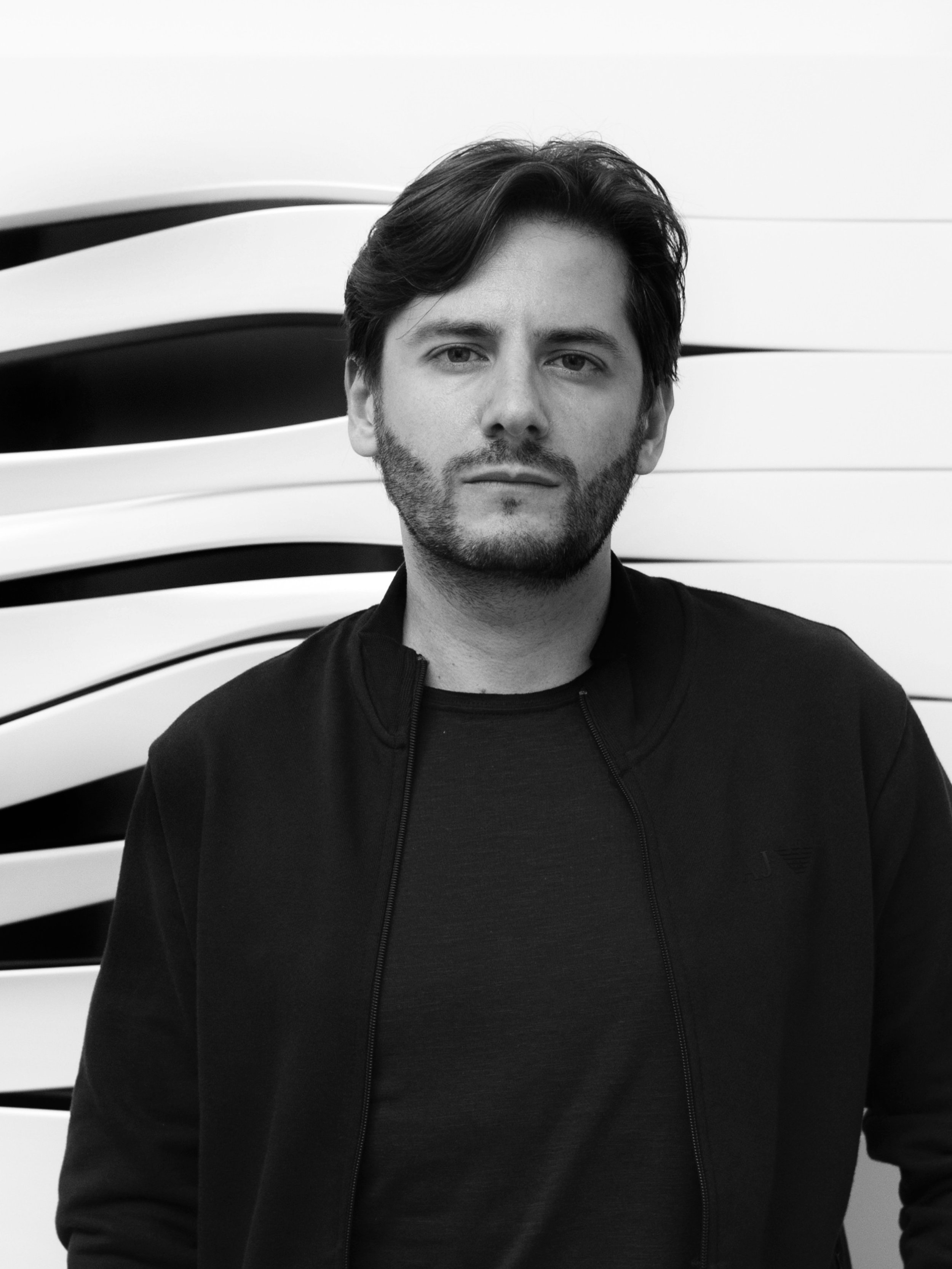Stefano Pujatti: ElasticoFarm
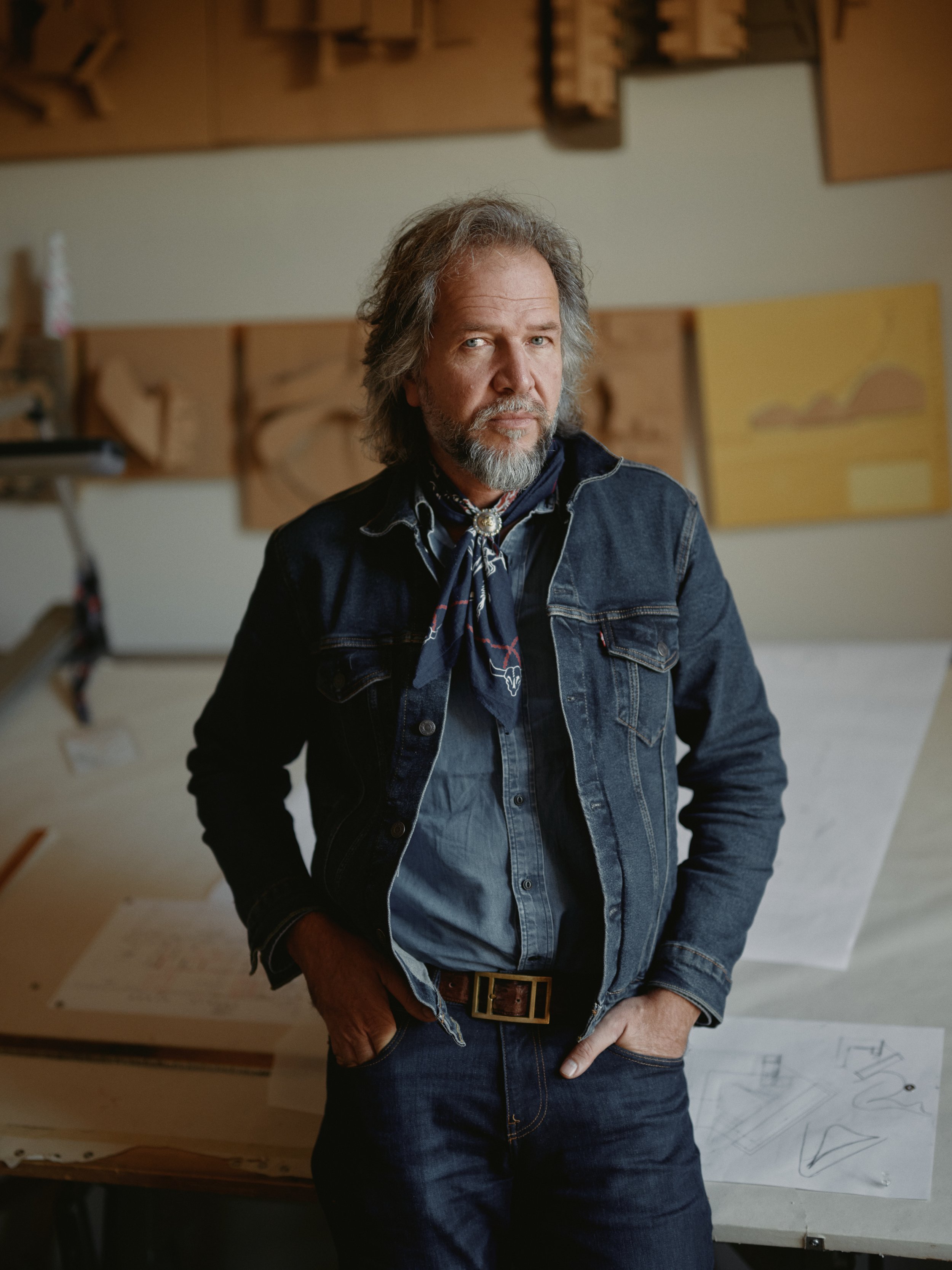
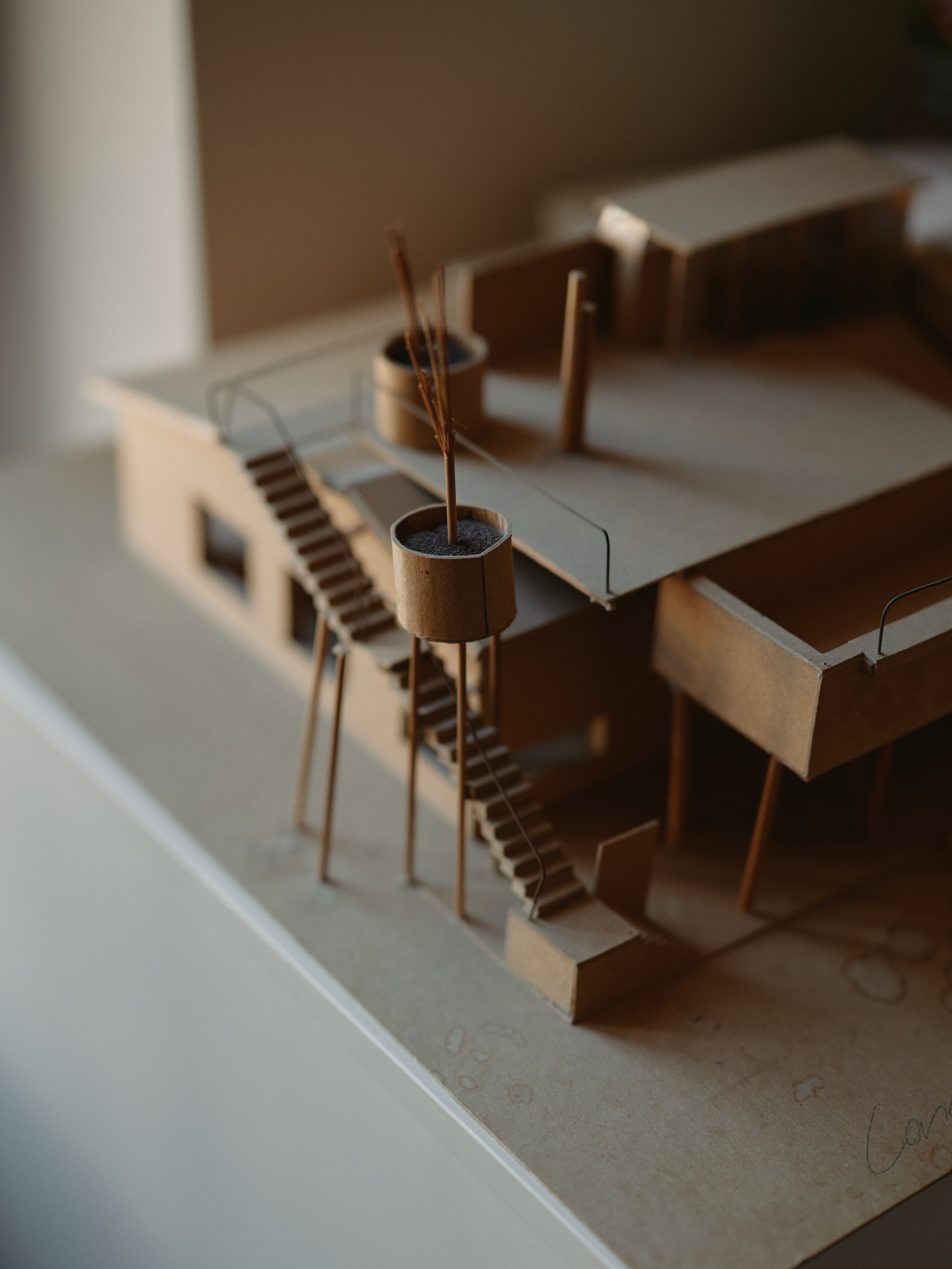
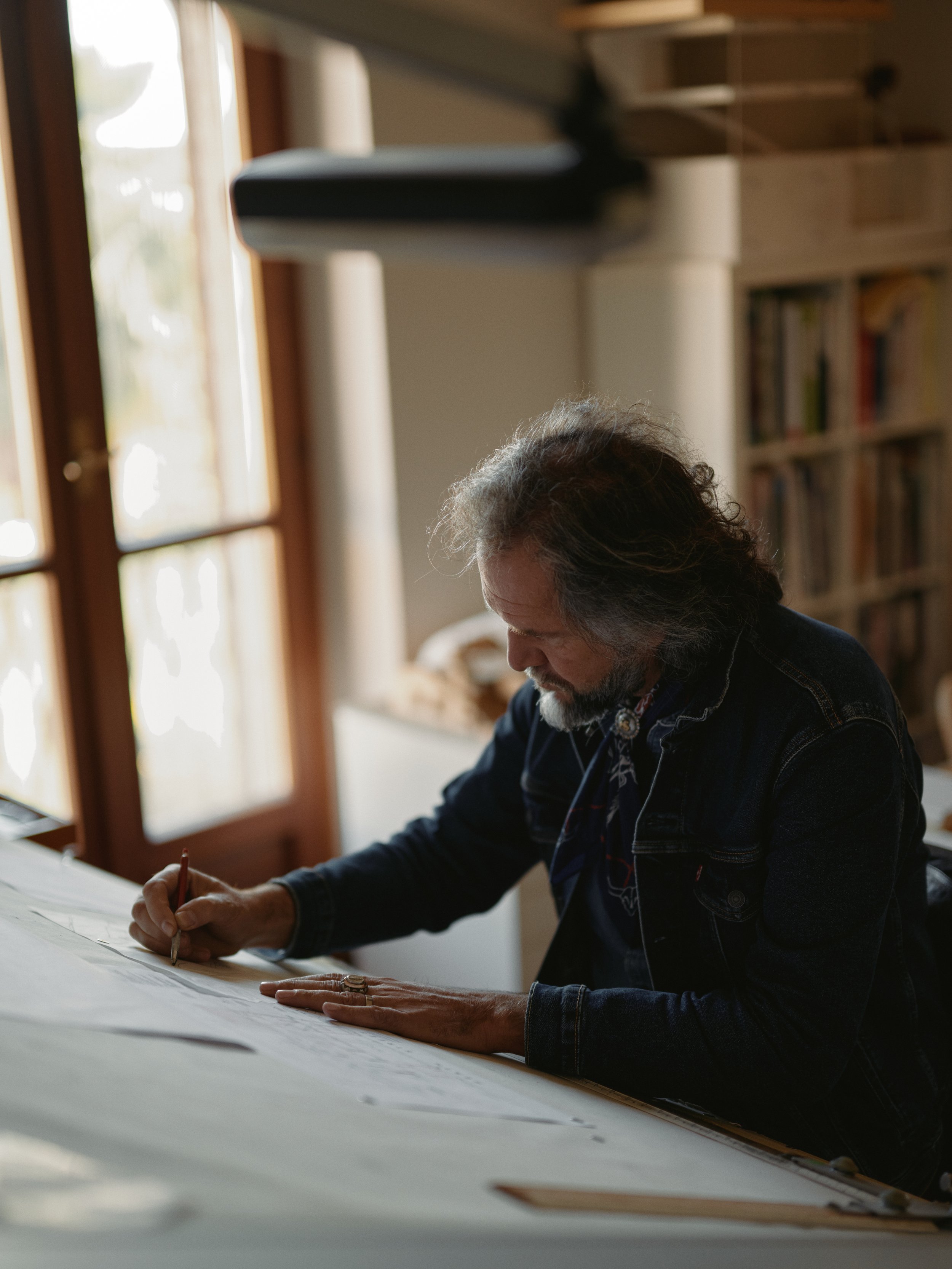

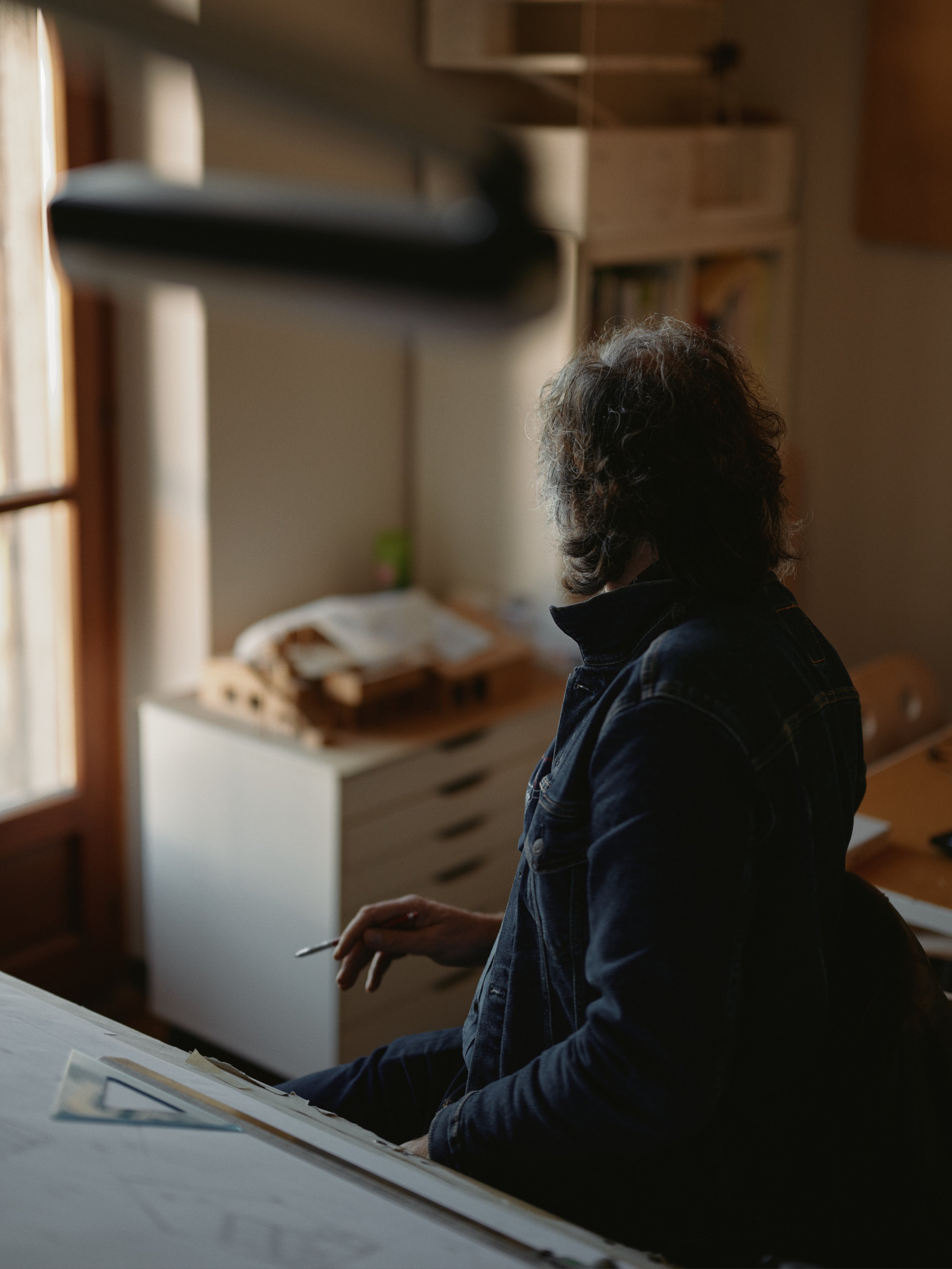
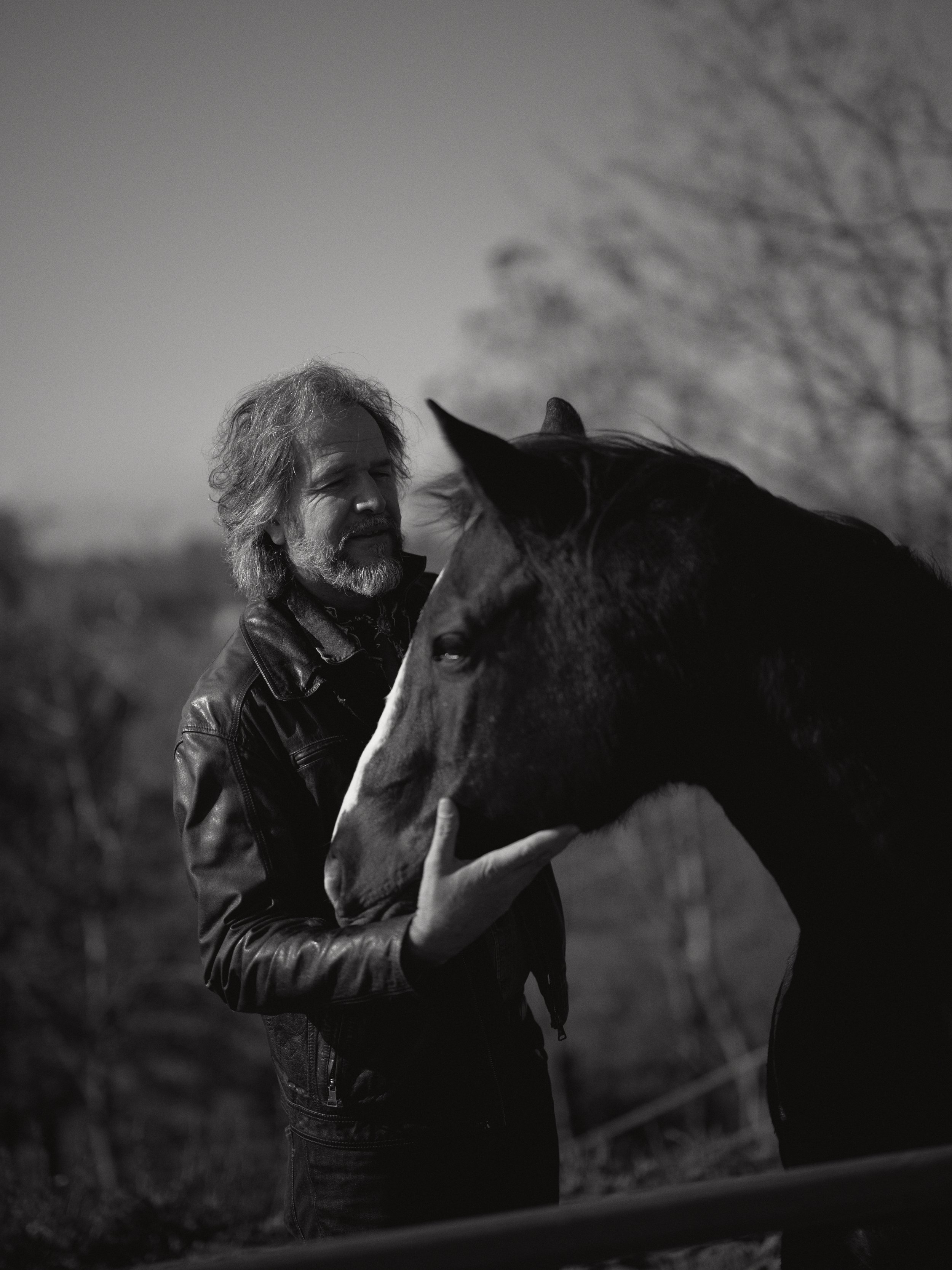


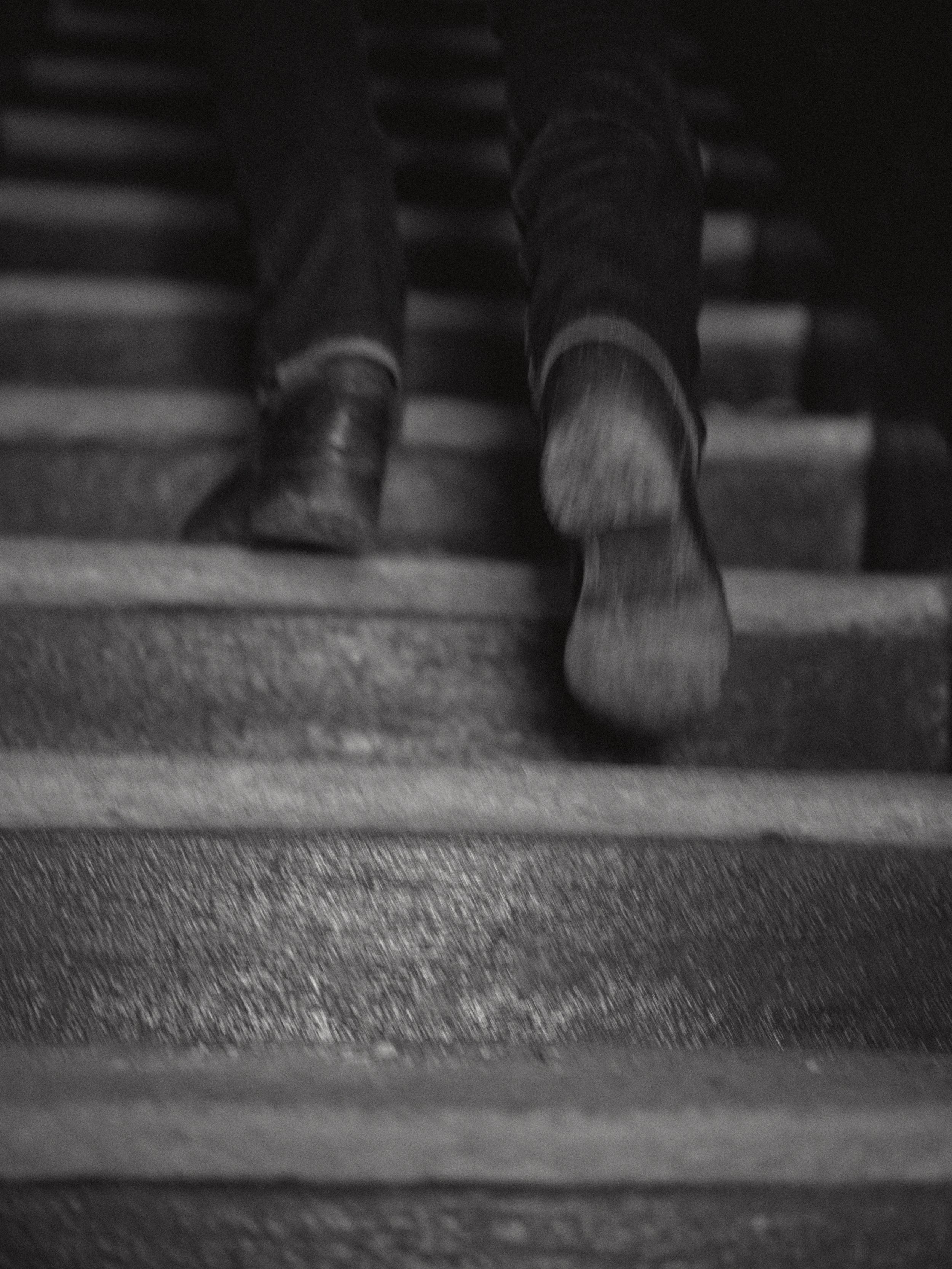
Stefano Pujatti leads the ElasticoFarm architecture studio, with offices in Italy and Canada. During my visit to his headquarter in Chieri (Torino, Italy), we had a conversation about the creative process, the importance of teamwork, and the connection between architecture and art.
Photo: Lorenzo Morandi
Conversation: Lorenzo Morandi, Stefano Pujatti
LM: Talking with you, the impression I got is that you approach the profession with realism and intellectual honesty. You don't need to build an argument justifying your language and choices; instead, they stem from constant experimentation without preconceptions. You don't succumb to or hide constraints, budget limits, or contextual conditions; rather, you consider them natural components of construction and design challenges.
SP: I believe a lot in our profession and its ability to communicate. Architecture is my tool of communication, the means through which I can best express what I seek. I grew up hearing that lies have short legs, and short legs are not a characteristic of mine. We all somehow suffer the constraints imposed by budgets, regulations, and client obsessions. But in this barrier placed before us, one must have the patience to search for the crack through which light filters and from there define a direction.
LM: Your projects don't aim to please. Instead, they seek to explore possible alternatives to choices that would appear more obvious and easy. It seems like your architectures pose questions and inquiries rather than solve problems.
SP: Unfortunately, we are often inclined to respond to our clients in the way they desire or expect. This certainly makes life much simpler: it's a well-experimented and commercially valid seduction technique. At ElasticoFarm, we try instead to understand what the client really seeks without knowing it, putting them in front of their most "perverse" dreams, which, once recognized, become irreplaceable. We don't always succeed; it's a job that takes a lot of time before reaching the project.
LM: You are very sensitive to inputs from disciplines other than architecture, especially from art, which enjoys greater freedom and precedes architectural production by years. I get the feeling that your projects address the architectural scale only after a more free, material, and sculptural phase.
SP: I am interested in art, but I am even more interested in artists. Their sensitivity is capable of capturing the nuances that will define the directions of the future. Works of art are phrases in more complex discourses, aphorisms from which I like to imagine a way of seeing things. For this reason, I find it interesting to investigate the contemporary production of artists and how the works relate to the present and the past, unconsciously defining the trajectories of the future.
LM: Looking at the final result, your works demonstrate attention to the human being, the user. Formal freedom does not lead to imposing finished and perfect forms but generates dynamic structures and spaces capable of stimulating human action, suggesting relationships with the context. It's an architecture that is completed thanks to the presence of people.
SP: Well, I like your interpretation. For us, the form reveals itself only at the end; it is the product of a process. However, it is true that we are the helmsmen of the process, and with our story and choices, we influence the result. We are open to the unexpected in all phases of the project and the construction site, even more so when the work is used and interpreted. It's surprising how our works improve when experienced.
LM: Speaking again about the creative process, you mentioned that you could not develop any of your projects alone. Not due to technical or executive limitations, but because it is precisely the contribution of individual inputs and internal team dialogue that offers the insights necessary for project development. Your workgroup is a consolidated group, and this approach seems to be shared and rooted. What are the constants of this creative process?
SP: Our projects are very layered because they originate and develop within a team. They result from discussions and choices, sometimes not shared by everyone but discussed throughout the studio. Those working on the project have the duty to put their skills and sensitivity into it so that the project matures during the process, even at the cost of losing the somatic traits imagined at the beginning. We have realized that this process allows us to explore aspects that would be lost in a more structured sequence.
LM: I find that your way of practicing architecture is evidence of a deep self-confidence, which doesn't mean claiming to offer perfect solutions and infallible results but rather believing in the process and the opportunities it can open. How did you get to this point?
SP: The only certainty I have is my insecurity, which sometimes even becomes terror when facing a new project. This doesn't mean lacking the courage or recklessness to take risks. Risk and the possibility of failure are always taken seriously and are often the subject of our discussions, but truthfully, they have never been a determining factor in design choices.
Related stories


